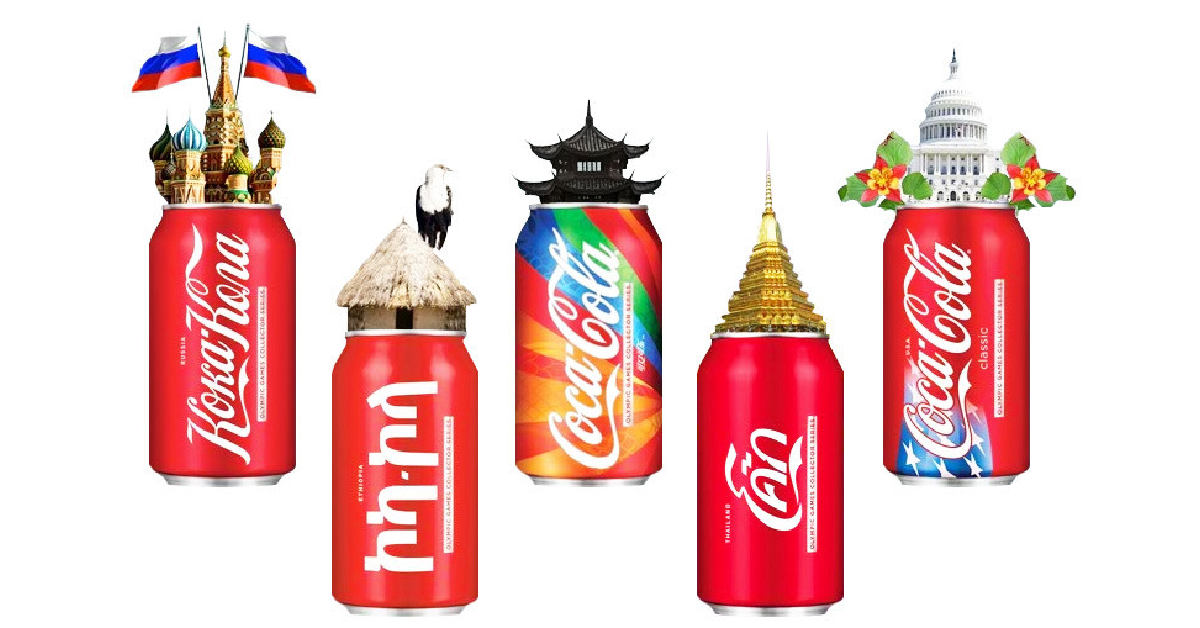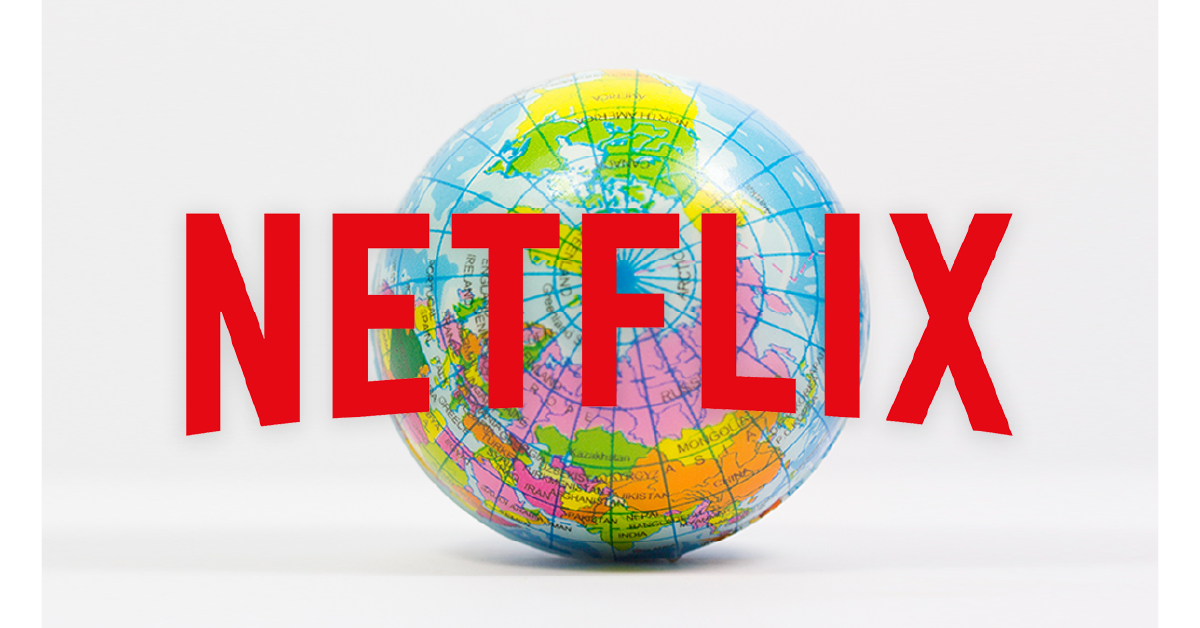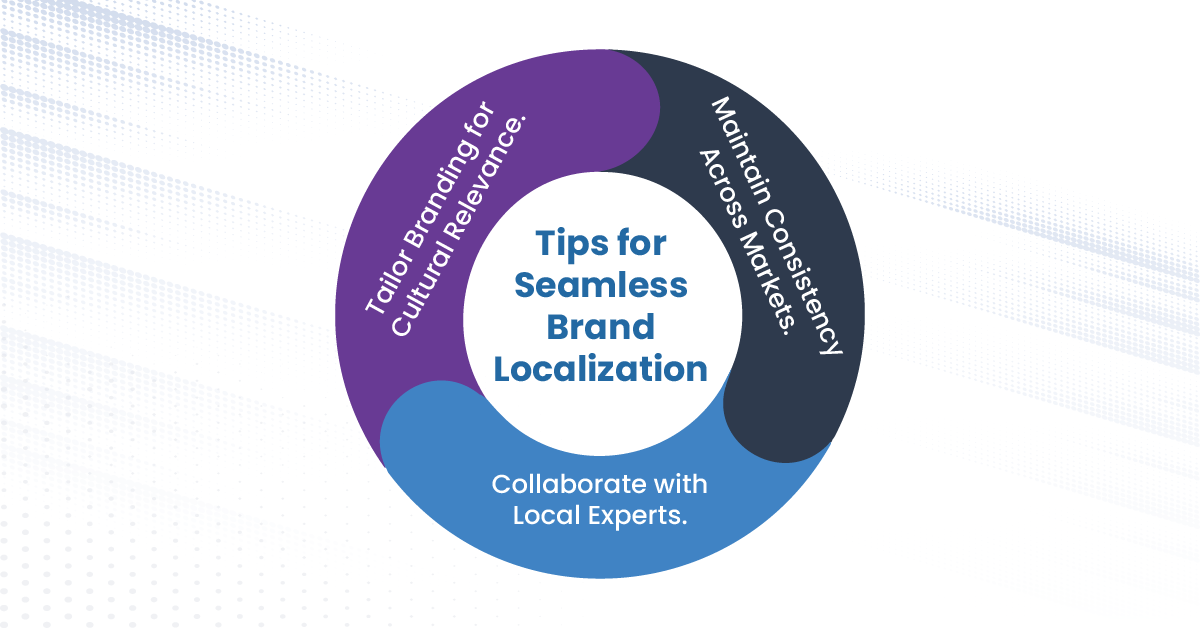Imagine seeing your brand not just translated, but truly at home. The colors, the tone, the story—everything feels familiar, not because it’s the same, but because it resonates with the audience.
Achieving global success goes beyond merely speaking a different language; it’s about engaging in a way that makes people feel like your brand has always belonged to them. That’s the power of effective brand localization.
In this blog, we’ll take you behind the scenes to explore how iconic brands successfully navigate this balance—staying true to their identity while connecting directly with local consumers. From clever cultural adaptations to bold creative reinventions, you’ll discover the strategies that transform global campaigns into local sensations.
Are you ready to learn how your brand can feel local, no matter where it goes? Let’s dive in.
What is Brand Localization?
Brand localization is the process of adapting your brand’s language, visuals, and messaging to align with the cultural norms and expectations of specific markets. It goes beyond simple translation by considering local traditions, values, humor, and even color symbolism to ensure the brand feels native to the audience.
Unlike translation, which focuses on converting words from one language to another, localization tailors the entire brand experience to resonate emotionally and culturally with local consumers.
Why Brand Localization Is Important?
Localized branding helps businesses build stronger relationships with their audiences by showing cultural understanding and respect. Studies show that 76% of consumers prefer buying products with information in their own language, and localized content leads to higher engagement and conversion rates.
By aligning with regional preferences, businesses can increase customer trust, improve market penetration, and position themselves as authentic players in new markets.
Learn how our Translation Services ensure linguistic accuracy in every market.
Successful Brand Localization Examples
 1. Coca-Cola Localization Example
1. Coca-Cola Localization Example
Coca-Cola’s iconic “Share a Coke” campaign is a perfect example of effective brand localization. By replacing its logo with popular local names on bottles, Coca-Cola created a personal connection with consumers in each market.
In China, where individual names are less commonly used, the campaign adapted by using affectionate nicknames and terms like “friend” and “classmate.” In Ireland, it included traditional Irish names and Gaelic spellings, reflecting cultural nuances and making the campaign feel truly local.
2. McDonald’s Localized Campaigns
McDonald’s has mastered the art of localizing its offerings to suit regional tastes and traditions. In India, it introduced the McAloo Tikki, a vegetarian burger catering to cultural and dietary preferences.
Beyond the menu, McDonald’s often integrates regional festivals and holidays into its marketing campaigns, such as special promotions during Diwali or Chinese New Year, ensuring the brand remains relevant and relatable to local audiences.
3. Netflix Global Branding Examples
Netflix takes localization a step further by investing in locally produced content that resonates with regional audiences. Hit series like Squid Game (South Korea) and Money Heist (Spain) showcase Netflix’s commitment to culturally relevant storytelling.
Additionally, by offering high-quality subtitles and dubbing in multiple languages, Netflix ensures a seamless viewing experience, making global content accessible and appealing to diverse markets.
4. Nike Cultural Adaptation Strategies
Nike demonstrated cultural sensitivity and inclusivity with the launch of the Nike Pro Hijab, designed for female athletes in Muslim-majority countries. This product not only addressed a practical need but also reinforced Nike’s global brand identity as a supporter of athletes everywhere.
By acknowledging and adapting to cultural requirements, Nike strengthened its reputation and deepened its connection with new customer segments.
Steps in Brand Localization: How to Localize a Brand Effectively
1. Conduct Market Research
The first step in effective brand localization is thorough market research. Understanding cultural preferences, language nuances, and regional trends is critical to creating a brand that resonates locally. This involves gathering insights through local surveys, focus groups, and expert consultations.
Comprehensive research provides the foundation for building a localization strategy that feels authentic and relevant to each target market. By analyzing competitor strategies and successful localization examples, brands can avoid cultural missteps and tailor their approach to meet audience expectations.
2. Adapt Language and Messaging
Once you understand the market, adapting your language and messaging is key. This means going beyond direct translation to ensure your brand voice, slogans, and idioms align with local cultural contexts. Tone adjustments are equally important—some markets prefer formal communication, while others respond better to a casual tone.
Using professional translators and cultural reviewers ensures linguistic accuracy and prevents misinterpretations that could damage your brand’s reputation. This step helps create messaging that feels natural and relatable to local audiences, strengthening their connection with your brand.
3. Customize Visuals and Packaging
Visual elements play a huge role in how a brand is perceived. Colors, imagery, and design features often carry different meanings across cultures. Adapting these elements helps your brand connect emotionally with local audiences while avoiding cultural faux pas.
Packaging may also need redesigning to comply with local regulations or appeal to aesthetic preferences. For example, brands like McDonald’s often create special packaging for regional festivals, showing how visual adaptation can enhance cultural relevance.
4. Use the Right Tools and Technology
Finally, leveraging the right tools and technology can make brand localization more efficient and scalable. Translation Management Systems (TMS) streamline multilingual content workflows, ensuring consistency across markets. Automation platforms and AI tools can accelerate content adaptation while maintaining quality.
Combining these technologies with human expertise allows brands to deliver localized experiences that are both accurate and culturally sensitive. This balance ensures efficiency without sacrificing the authenticity and emotional connection that successful localization demands.
Explore our Multimedia Localization Services for culturally relevant visuals and videos.
Tips for Seamless Brand Localization
1. Tailor Branding for Cultural Relevance
Cultural relevance is at the heart of successful brand localization. This means adapting your brand’s messaging, visuals, and even products to reflect local customs, values, and preferences. For example, Starbucks customizes its store designs and menu items to align with the cultural aesthetics and tastes of different countries. Respecting these nuances helps brands connect authentically with local audiences and avoid cultural missteps.
2. Maintain Consistency Across Markets
While local adaptations are important, maintaining a unified brand identity globally is equally crucial. Consistency in core brand elements—like logo, mission, and tone of voice—ensures customers recognize your brand no matter where they are. This balance between global identity and local relevance keeps your brand strong and cohesive while allowing enough flexibility to resonate in diverse markets.
3. Collaborate with Local Experts
Partnering with local linguists and cultural consultants brings invaluable insights to the localization process. These experts understand the subtle cultural and linguistic nuances that can make or break your brand’s success in a new market. Their input ensures that your localized content not only reads correctly but also feels authentic and respectful to local audiences.
Our Quality Back Translation Services ensure accuracy while maintaining the intent behind your brand’s messaging.
Your Brand Localization Questions Answered
1-What are the key elements of a successful brand localization strategy?
Cultural adaptation, linguistic accuracy, and tailored visuals are essential. Backed by market research, these elements ensure your brand resonates authentically in each market.
2-How can I measure the ROI of my brand localization efforts?
Track metrics like regional sales growth, customer engagement, and localized website traffic to assess impact and performance.
3-What are some common pitfalls to avoid during brand localization?
Avoid literal translations, ignoring cultural nuances, and skipping testing—all of which can lead to miscommunication and poor audience reception.
4-How is brand localization different from translation?
Translation converts text, while localization adapts your entire brand—messaging, visuals, and tone—to fit cultural expectations.
5-What is the typical time-to-market for a brand localization campaign?
Timeframes vary, but small campaigns can take weeks, while multi-market efforts may need several months.
Start Your Brand Localization Journey Today!
Ready to expand your brand globally? Let us help you connect with diverse audiences through tailored localization solutions that make your brand feel native in every market.
Our expertise in brand localization ensures your message resonates with local cultures, building trust and driving engagement. Contact us today for a free consultation and take the first step toward global success! Contact Our Experts Now








